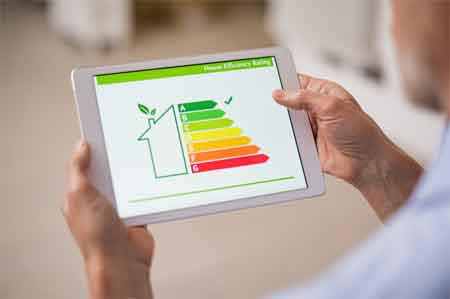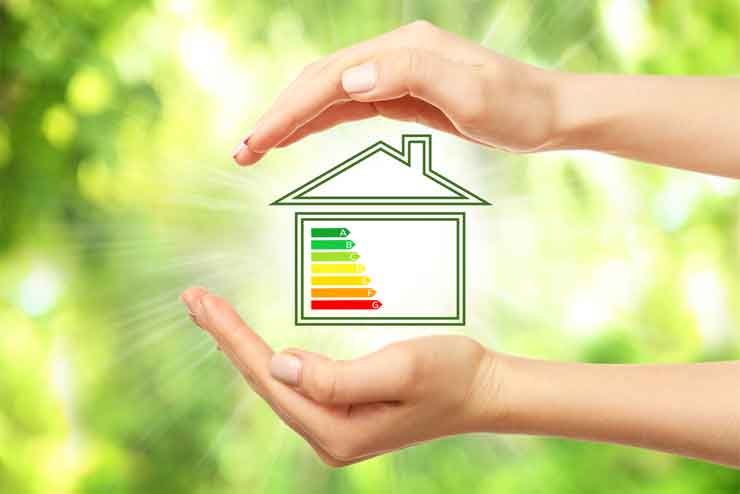On a hot, sunny day it is not uncommon for attic temperatures to reach 140 degrees or higher. These high temperatures heat everything in the attic including air conditioning ducts and insulation, as well as living spaces adjacent to the attic. Not only does this create comfort problems in the home, but also excessively high cooling (and heating) costs. With the Federal Government offering tax breaks for energy-efficiency upgrades in the 2020 tax year, now is as good a time as any to begin home efficiency projects, and the attic is a great place to start. The following describes the elements of an energy efficient attic.
Roof Vents are an Asset Year Round

Well designed roof venting helps rid an attic of excess heat in the summer and damaging moisture in the winter. Passive ventilation systems- ones that do not require electrical power-are ideal. One of the most effective methods is ridge venting, in which hot air rises out through vents place along the roof ridge and cooler outside air is pulled in through soffit vents, find more.
Other options include turbine vents, which are wind driven, and solar vents, although these have the disadvantage of not working when their energy source goes away. (Electrically powered vents are generally not cost effective and can be a safety hazard in certain situations.)
Radiant Barriers Reduce Temperatures
To prevent attic spaces from getting excessively hot in the first place, install a radiant barrier. A radiant barrier in the attic reflects heat radiating from the roof back up, lowering the temperature of the space below the barrier significantly. There are many companies which specialize in radiant barriers; material type and installation vary and can be chosen based on needs and budget.
Attic Insulation
Insulation prevents hot and cold temperatures to transfer from the attic into living spaces. Insulation effectiveness is measured in R-values. The higher the R-value the better the insulation is at reducing temperature transfer. It is important to have enough insulation installed and have it installed properly, as compacting, gaps in coverage and other issues can significantly lower the R-value of an installed product.
Air Ducts – Sucking your Money Away
A potentially significant source of energy inefficiency- and many other household problems- is leaky ducting. Warm or cool air from forced air systems may be inadvertently pumped into the attic through unsealed or poorly sealed ducts. In addition, attic air may be sucked into the ducts through the leaks, causing excess dust, contaminants, humidity and warm or cold air to enter living spaces, and creating pressure problems. All duct connections in the attic should be tightly sealed with mastic (not tape), and the ducts should be undamaged and well insulated.
